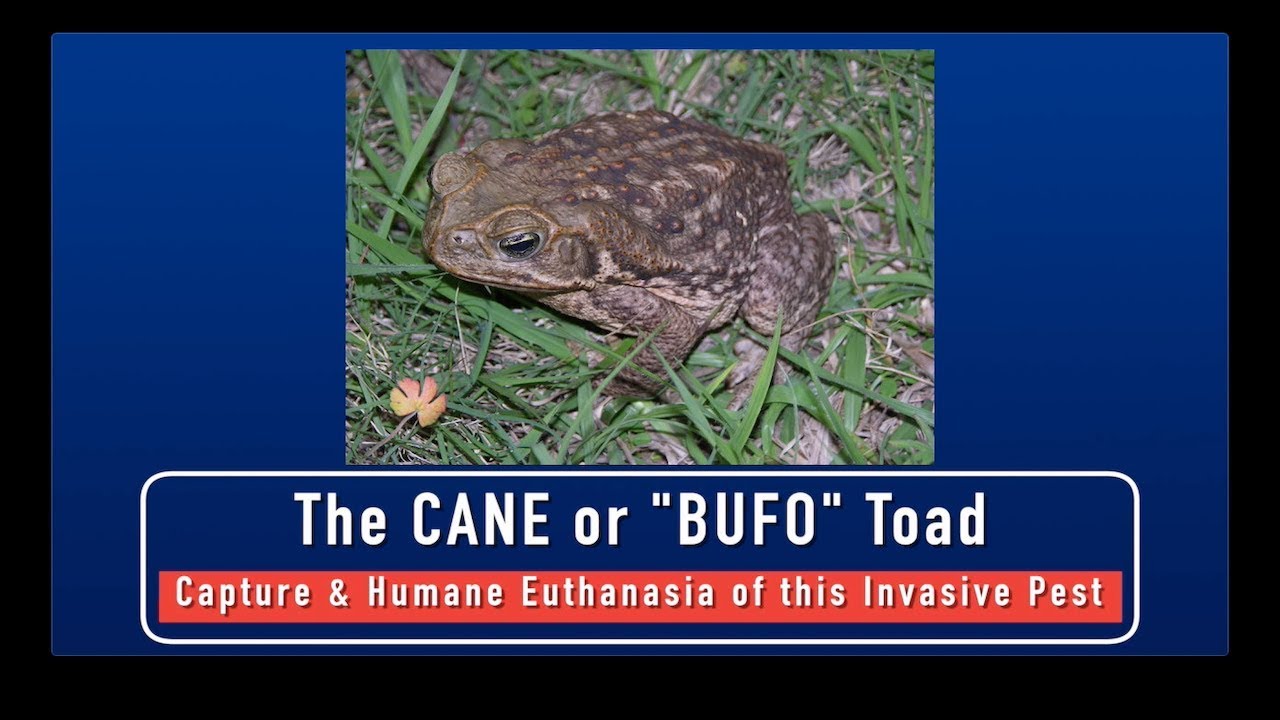Cane toads are native to parts of South and Central America and can be found along the coast of Mexico north to the lower Rio Grande Valley in Texas. They are also common in Florida because that’s where invasive species always seem to end up!
In 1955 a pet dealer was bringing some toads into Florida and about one hundred of them escaped, according to smithsonianmag.com. They are from South America but were introduced into several countries to keep down bugs – a mistake as it turned out, as they are venomous and quickly become a dominant species.
The 2019/20 combo of wet and mild in Florida has led to thousands of these juvenile toads hatching in wet places. Summer is their mating season. This is bad news for homeowners, especially ones with pools, small children or pets. Do not let your dog anywhere near one. They squirt venom from parotid glands on their backs near the shoulders (watch in the video where the scientist squeezes this gland) and when frightened they secrete a milky liquid called bufotoxin that can cause convulsions, loss of coordination and cardiac arrest often leading to the death of a dog or cat.
According to nationalgeographic.com, the cane toad (Rhinella marina) is about four to six inches long and weighs just over two pounds. However, monster toads weighing four pounds have been found! They can be different shades of brown, tan and even grey. They live from five to ten years in the wild and have very large families with the females laying thousands of eggs.
They’re tan to reddish-brown, dark brown or gray, and their backs are marked with dark spots, according to the University of Florida. They have warty skin.
Cane toads have large, triangular parotoid glands on their shoulders that secrete a milky toxin. (Native toads’ parotoid glands are oval.) Unlike native southern toads, cane toads do not have ridges or “crests” on top of the head.
They can be found in central and south Florida and in an isolated population along the Florida Panhandle. They live in urbanized habitats and agricultural lands but also in some natural areas, including floodplain and mangrove swamps.
Keep your yard free of brush, leaves, in fact anything, and fill in all holes as they appear. If a pet bites, licks or even sniffs a cane toad, it could become sick and, if not treated, it could die.
